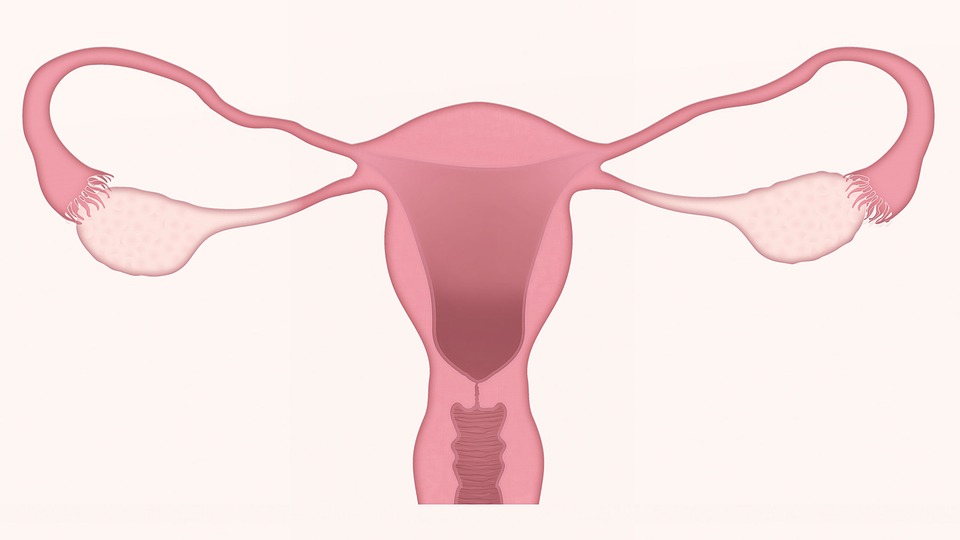
A key element of the design
Ovulation problems are one of the most common causes of infertility in women. If you do not have a regular menstrual cycle every month, or if your cycle is very long or very short, you may be suffering from an ovulation problem. Monthly cycle overview Day 1: An ovulation cycle begins on the first day of your menstrual bleeding. At this point, the membrane lining the uterus is evacuated for about five days. At the same time, several follicles (the fluid-filled sacs inside the ovaries and containing the eggs) begin to develop.
Hormones at Work: Follicle Stimulating Hormone (FSH) develops eggs while estrogen levels increase and results in the formation of a new uterine membrane.
Day 14: About two weeks after the start of the monthly cycle, Luteinizing Hormone (LH) levels rise rapidly, and within 24 to 48 hours, the most mature follicle bursts into the ovary and oocyte is released by the ovary. Some women experience low pain in one of the ovaries during this time.
Hormones at work: LH surges and ovulation are followed by an increase in progesterone levels to prepare the uterine membrane for the arrival of the embryo.
Day 15: The oocyte travels from the ovary to the fallopian tube. When the oocyte is at the end of the proboscis, it can come into contact with a spermatozoon. There is fertilization if the sperm penetrates the egg.
Day 20: The fertilized egg continues its journey to the uterus, where it may or may not succeed in implanting itself in the membrane of the uterine wall. If the egg is not fertilized, it will simply be absorbed.
Hormones at Work: As the embryo implants, it begins to produce human chorionic gonadotropin (hCG), which preserves the uterine membrane during the implantation process.
At day 28, the hCG level will be high enough to produce a positive urine pregnancy test
Hormones must work in harmony
Throughout the monthly ovulation cycle, several hormones must interact harmoniously to trigger ovulation. For example, when the estrogen level increases, it lowers the level of FSH (thus preventing the maturation of more than one egg). The thrust of LH is stimulated, which results in the release of the egg. In fact, each fluctuation of the hormone level triggers the next. From this perspective, it is easy to see how crucial it is for each hormone to fulfill its role. Just one hormone does not do its job well so that all the others are unbalanced. Fortunately, when an ovulation problem is identified, your doctor may take steps to correct it.
